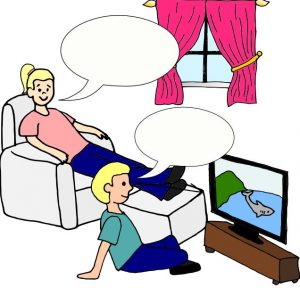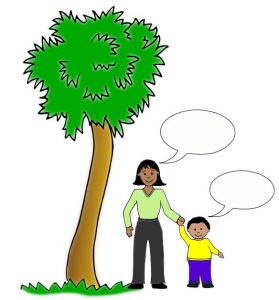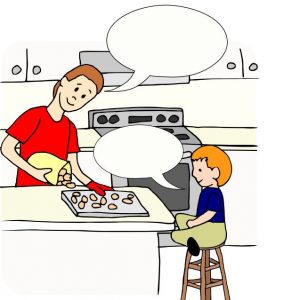What Can I Do with My Child All Day? Strategies for Supporting Young Children
ACT Autism Community Training is hosting a free presentation by a behaviour analyst/special educator and a speech-language pathologist to provide a framework for thinking about how to provide support. This will include resources for engaging children in activities that can enhance informal learning and support social-communication development. This presentation is intended for parents and early intervention service providers. No registration is required. The presentation is at 3pm on April 30. A recording will also be available after the live stream ends.
Please click here for more information
 As we are spending so much time at home, we are facing the dilemma of how to keep our children entertained.
As we are spending so much time at home, we are facing the dilemma of how to keep our children entertained. Your child’s teacher and school librarian always encourage reading books at home. Keep reading below or
Your child’s teacher and school librarian always encourage reading books at home. Keep reading below or  You can support your child’s language skills when playing inside on rainy days, or whenever your child needs to take a movement or brain break to play!
You can support your child’s language skills when playing inside on rainy days, or whenever your child needs to take a movement or brain break to play!  While keeping a safe physical distance from others, you can support your child’s language skills when playing outside.
While keeping a safe physical distance from others, you can support your child’s language skills when playing outside.  During this unprecented time of social distancing, many of us are eating at home with our families more than before. Cooking together is a wonderful way to work on language goals with your child! Narrate as you plan and cook together. This provides a language model for your child and is a great way to introduce new vocabulary and grammar. For example, “First I am mixing in the eggs, then I will mix in the milk”. Remember to speak in the first person instead of referring to yourself as Mommy/Daddy (e.g., use “I am mixing in the eggs.” instead of “Mommy is mixing in the eggs.”). Meals are also a great time to sit and practice language in a relaxed way.
During this unprecented time of social distancing, many of us are eating at home with our families more than before. Cooking together is a wonderful way to work on language goals with your child! Narrate as you plan and cook together. This provides a language model for your child and is a great way to introduce new vocabulary and grammar. For example, “First I am mixing in the eggs, then I will mix in the milk”. Remember to speak in the first person instead of referring to yourself as Mommy/Daddy (e.g., use “I am mixing in the eggs.” instead of “Mommy is mixing in the eggs.”). Meals are also a great time to sit and practice language in a relaxed way. 